Lifestyle
Before 2-Day Shipping: 9 Things We All Used to Do
By Grace Kilander · November 18, 2025

Life Before Two-Day Shipping Was a Different World
Remember seeing the phrase, 'Please allow 6-8 weeks for delivery'? For anyone who grew up before the internet boom, that wasn't a warning—it was just a fact of life. The idea of getting a package in two days, let alone the same day, sounded like something out of a science fiction movie.Getting what you wanted required patience, which seems almost impossible today. Let's take a lighthearted trip back in time to remember the nine things we all used to do in the era of slow shopping. Image generated by Gemini
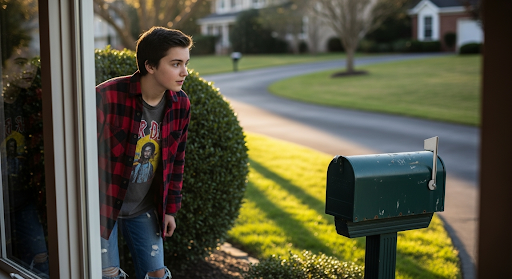
1. The Agonizing Wait for Your Mail-Order Treasure
After you sent your order form, the real game began: waiting. For weeks on end, you'd run to the mailbox after school or work, hoping to see that long-awaited cardboard box. Every day that passed without it was a small disappointment.This long wait, however, built an incredible sense of anticipation. You didn't just receive a package; you completed a months-long quest. The joy of finally holding that item in your hands was a feeling today's instant gratification can't quite replicate. Image generated by Gemini

2. The Ancient Art of Mailing a Check
There was no 'click to pay.' Ordering from a catalog or a TV ad involved a multi-step ritual. First, you had to carefully fill out a paper order form, ensuring no mistakes. Then, you'd write a personal check or get a money order from the post office. Finally, you'd put it all in an envelope, stick on a stamp, and drop it in a mailbox, sending your payment on its own slow journey.Only after the company received and processed your check would the '6-8 week' countdown even begin. For kids, however, the most important mail didn't involve checks at all—it involved circling dreams. Image generated by Gemini
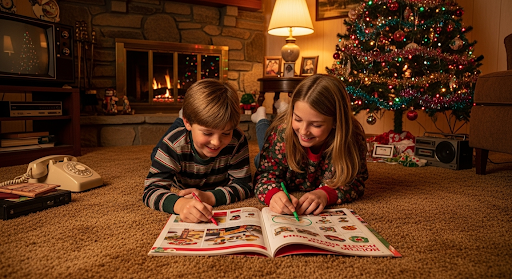
3. When Holiday Dreams Were Circled in a Catalog
Long before online wish lists, there was the mighty holiday catalog. The arrival of the Sears' Wish Book' or the JCPenney Christmas catalog was a major event in any household. These massive, colorful books were the ultimate source of holiday dreams.Kids would spend hours flipping through the toy section, circling their most-wanted items with a big marker. It was the analog version of adding to a cart, creating a physical record of everyone's holiday hopes. Image generated by Gemini
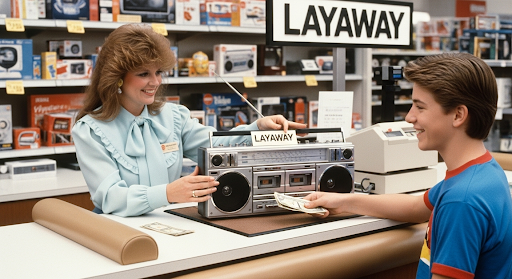
4. The Original Payment Plan: Putting It on Layaway
If you couldn't afford a big-ticket item at the department store, you didn't put it on a credit card—you put it on layaway. This meant the store would hold the item in the back room while you paid it off in small installments over several weeks or months.You could not take your purchase home until it was fully paid for. This system was built on patience and discipline, turning the final pickup day into a triumphant celebration of your saving skills. Image generated by Gemini

5. Hearing the Famous Words: 'Operators Are Standing By'
In the age of late-night TV commercials, every amazing new gadget or music collection was available via a 1-800 number displayed on the screen. You had to pick up the phone and talk to a live operator to order.You'd then have to slowly and clearly read your name, address, and your entire 16-digit credit card number over the phone, hoping the person on the other end got it all right. It was the only way to get that 'must-have' item you just saw on TV. Photo by RDNE Stock project via Pexels
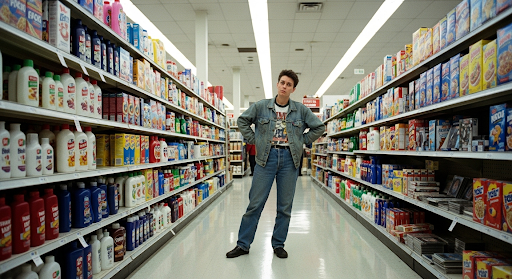
6. The Great Hunt: Driving to Multiple Stores for One Item
Couldn't find the right size of shoes or the specific brand of coffee you liked? You couldn't just search for it online. Your only option was to get in the car and start the hunt.This often involved driving from one store to the next, sometimes across town, hoping to get lucky. Finding what you were looking for felt like a huge victory, but coming home empty-handed after visiting three malls was common and frustrating. Image generated by Gemini

7. The Infamous 'Shipping and Handling' Fee
Today, we often expect shipping to be free. But back then, nearly every mail-order purchase came with an extra charge for 'Shipping and Handling' (S&H). This fee was often a flat rate, meaning you paid the same amount to ship a small book as you did a heavy coat.There was no getting around it; it was simply part of the cost of convenience. Shoppers would factor this extra expense into their budget, accepting it as the price to pay for not having to go to a store. Photo by Yan Krukau via Pexels
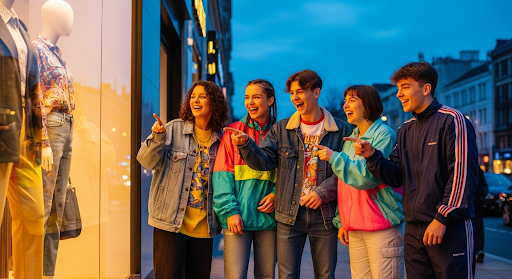
8. 'Window Shopping' Was an Actual Hobby
Before you could browse endless products on your phone, you browsed with your feet. 'Going window shopping' was a legitimate social activity. Friends would meet at the mall or on a main street with no intention of buying anything.The goal was simply to look at the creative displays in store windows, see what was new and in fashion, and dream about future purchases. It was a low-pressure way to spend an afternoon and get inspired. Image generated by Gemini
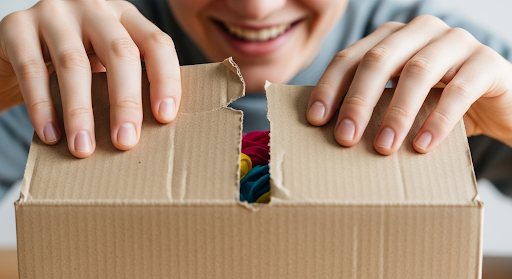
9. The Sheer Joy When the Box Finally Arrived
Perhaps the best part of slow shipping was the unparalleled excitement when the package finally showed up. After weeks of waiting and nearly forgetting what you ordered, seeing the delivery truck pull up was a moment of pure bliss.The 'unboxing' experience wasn't for social media; it was a personal, triumphant moment. Ripping open that plain brown box to reveal the treasure you had waited so patiently for was a reward in itself. Image generated by Gemini
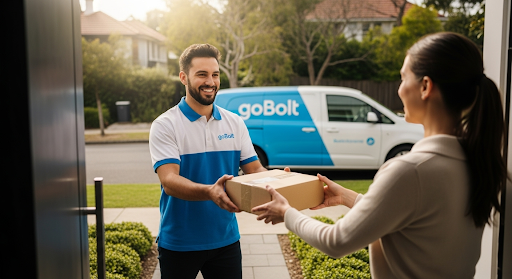
How Shipping Went From Weeks to Light-Speed
Looking back, it's amazing how much our expectations have changed. The idea of waiting nearly two months for a package now seems absurd. This incredible shift is thanks to a revolution in logistics, where speed, reliability, and customer experience are paramount.Companies like GoBolt are at the forefront of this new era, redefining what's possible in delivery. They have built a third-party logistics (3PL) network that not only ensures packages arrive quickly but also prioritizes a sustainable, environmentally responsible journey from the warehouse to your door. This focus on a fast and green delivery experience has turned the old 6-8 week standard into a forgotten memory. Image generated by Gemini
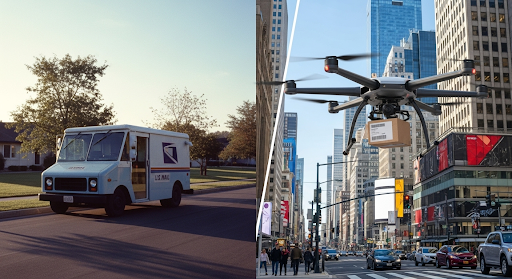
Our World Has Changed in a Flash
From waiting by the mailbox for two months to tracking a package in real-time for delivery within hours, the world of shopping has been completely transformed. While the convenience of modern e-commerce is something we can all appreciate, it's fun to look back on a time when a little patience went a long way.These 'old ways' remind us how much our expectations have shifted and make us appreciate the incredible logistics that now power our daily lives. Image generated by Gemini